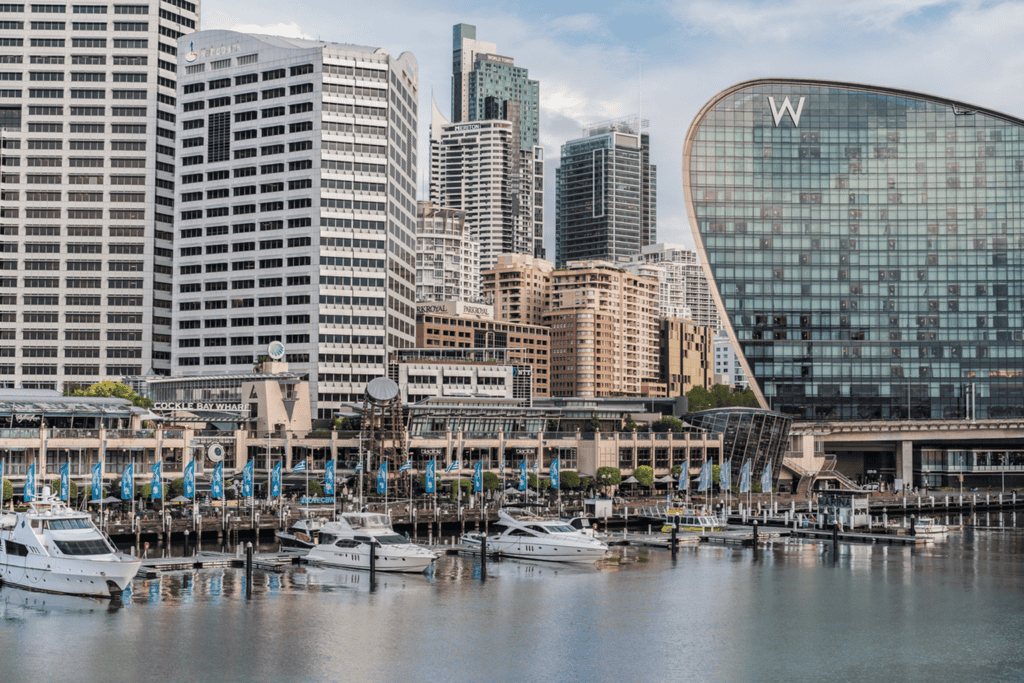When you look for signs of economic growth, there are a lot of signals to choose from but the one that stands out most is capital expenditure, or private business investment intentions.
This shows how much private businesses are spending or planning to spend on assets by type, such as new buildings and other structures/equipment, plant and machinery – and the news isn’t good. But there are ways to profit from a gloomy outlook.
Mud on the golden shovel
Basically, the long-awaited pick-up in non-mining investment is nowhere to be seen. Since the collapse of commodity prices and the resulting massive slump in mining investment, there’s been a furious search for something to replace the golden shovel.
Unfortunately, that’s been more fervent hope and less the miraculous appearance of an obvious saviour.
“The data does nothing to contradict the view that Australia is still struggling with the transition,” BT Financial Group chief economist Chris Caton told The Sydney Morning Herald late last year. “We keep looking and hoping for signs of relief, but none are yet forthcoming.”
Relatively ropey
Although the Australian Bureau of Statistics capital expenditure survey for the September quarter shows a modest improvement in investment intentions, it’s all relative.
The fourth estimate for the 2015 calendar year was down 21.9% on the same time last year (see chart), although it was an improvement on the third estimate, which was down 22.8% from the same period previously.
Not surprisingly, capex estimates in mining remained in deep holes and manufacturing estimates slipped marginally. The relative strength remains in the services sector where the trend is moving towards making positive investment decisions.
Warning signs
“Overall it continues to suggest the economy faces a major slump in business investment this financial year – the likes of which has not been seen outside of recessions,” is how BetaShares chief economist David Bassanese sees it in his BetaShares blog, published in December.
“Unless there is a notable upgrade in investment intentions, we’re on track for a slump in business investment not seen since the recession years of the early 1990s. In turn, that suggests considerable continued downside risks to economic growth, corporate profits, official interest rates and the Australian dollar.”
Don’t forget China
That pessimistic outlook is exacerbated by nervousness gripping world markets as China’s economy moves from a development and construction phase to a consumption and services model.
Sharp falls in the Chinese stock market and the worst start to the year in history for the US market are making everyone nervous, and businesses, quite sensibly, are reticent to invest in uncertain times.
As a result, you wouldn’t expect a substantial improvement in the December quarter capex numbers when the next release from the Australian Bureau of Statistics is due on 25 February. In addition, unless there is a sudden, unexpected improvement in the global outlook, subdued spending is likely to remain the reality for some time.
Small businesses can help by taking full advantage of the government’s instant asset write-off of up to $20,000 on their tax bill, which is aimed at stimulating spending on equipment, plant and machinery in the non-mining sector.
Investors can take some wins by considering so-called ‘bear funds’ that gain when the markets fall, or by buying US dollars in the expectation of a further decline in the value of the Au





